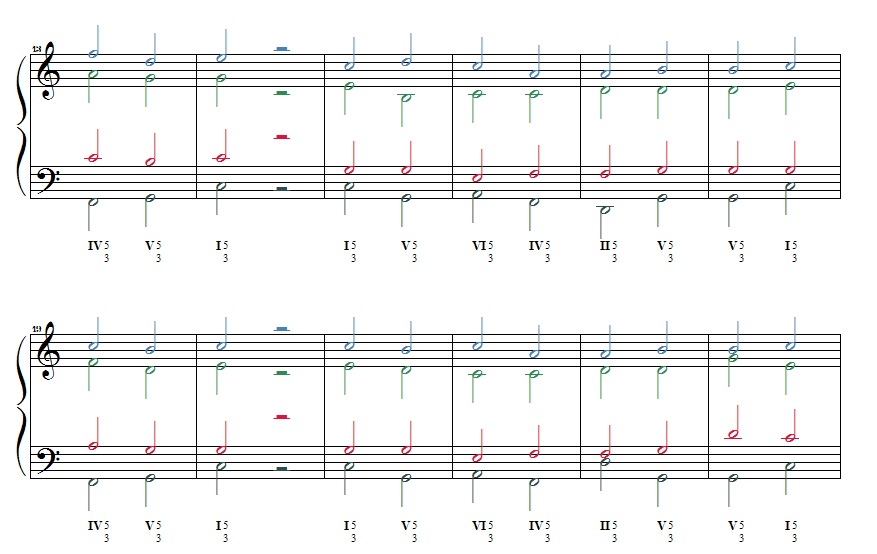I prefer the real world to textbooks. This is abstract to a fault in my estimation. Sure, it could be an apt tactic to get people to really want to do something else (inversions).
Y'all may have heard this story three times already, but: I took diatonic and chromatic harmony concurrently at community college. In some situations this is what is done, where chromatic had the prerequisite of the diatonic. Not the same teacher. At first there was a textbook. This was used for more Intro To what you'll need to know before starting. Some people came in there, it being community college and not a focused kind of a school for music, with next-to-nothing in other words.
In the second year course there was no book that I recall. In the first year, it was all part-writing after the basics were established and some other rather off the track knowledge provided; now there was no textbook. The chromatic course was focused on part-writing.
Then I got into conservatory. There was a test upon entry; they're not going to let you avoid their 'music theory' coursework but I was placed in the Honors curriculum as though I would matriculate towards that quality of degree. This was the two years of "Theory" in one year. There definitely was no textbook. He would mimeograph certain things which exceeded the part-writing, but it was 90% focused part-writing. I met people from Oberlin and Eastman through there, which were not a great distance from Cinci, and it seems like one of these programs used Piston. I actually bought the book. I was happy to not be burdened. But despite my supposed matriculation, I considered the school to be more or less trade school, take what I need and leave the rest. I think I needed to be doing all of this CPP-type part-writing, but I wouldn't say that for anybody else.
NB: worrying a lot about covered fifths or parallel fifths is absolutely style-bound. I've said numerous times that I think, in general terms that these restrictions provide a good discipline for learning how to think coherently and as a way to obtain chops - at least in my experience where you had to get it done in the hour for examination - and train your mind but I don't agree very much with making people go to this extent. In more realistic exercises, the flaws in your chops will be exposed readily enough.
But do what you like. We're very different people, you and I. I'd be bored to death by now.














